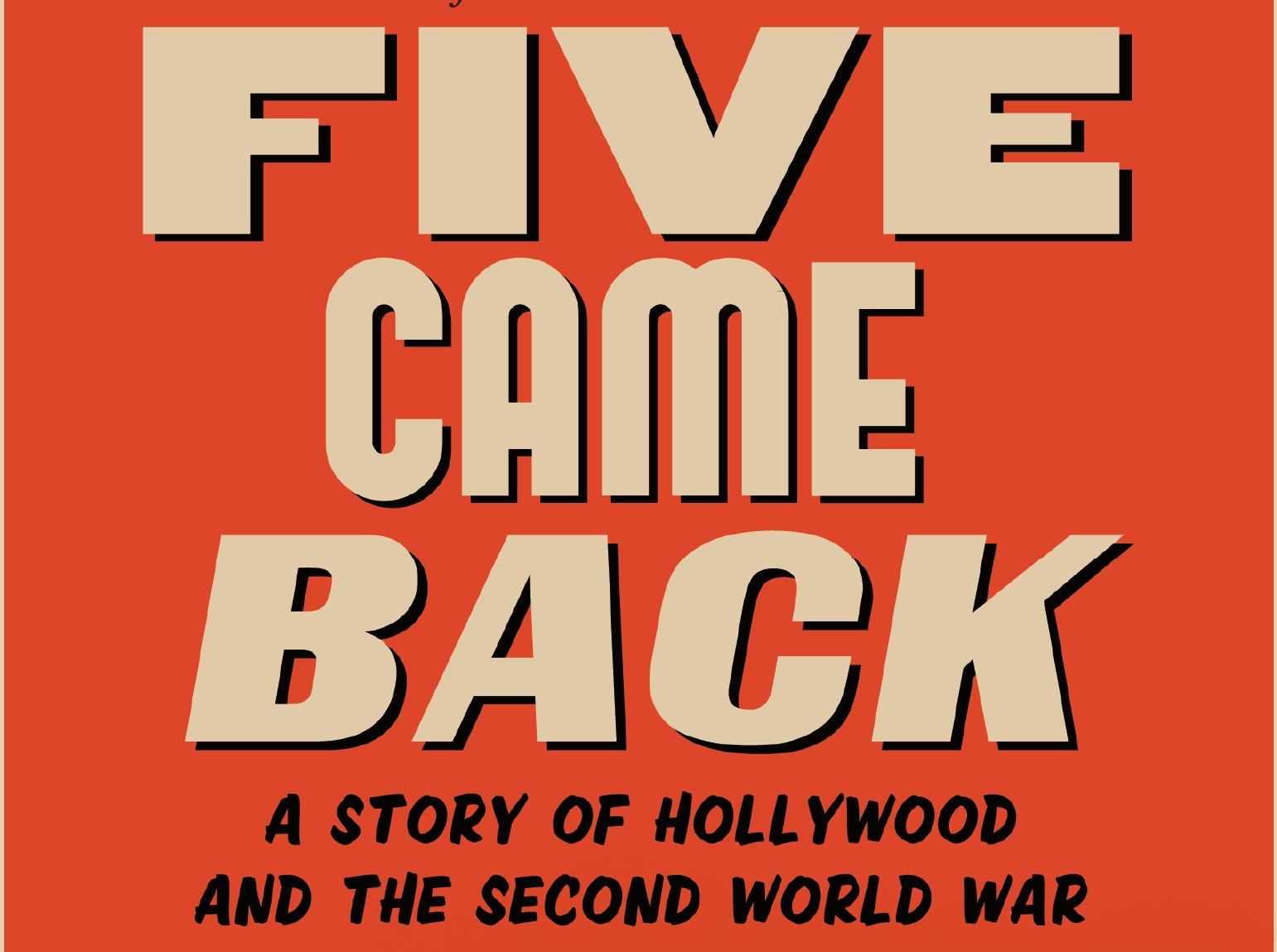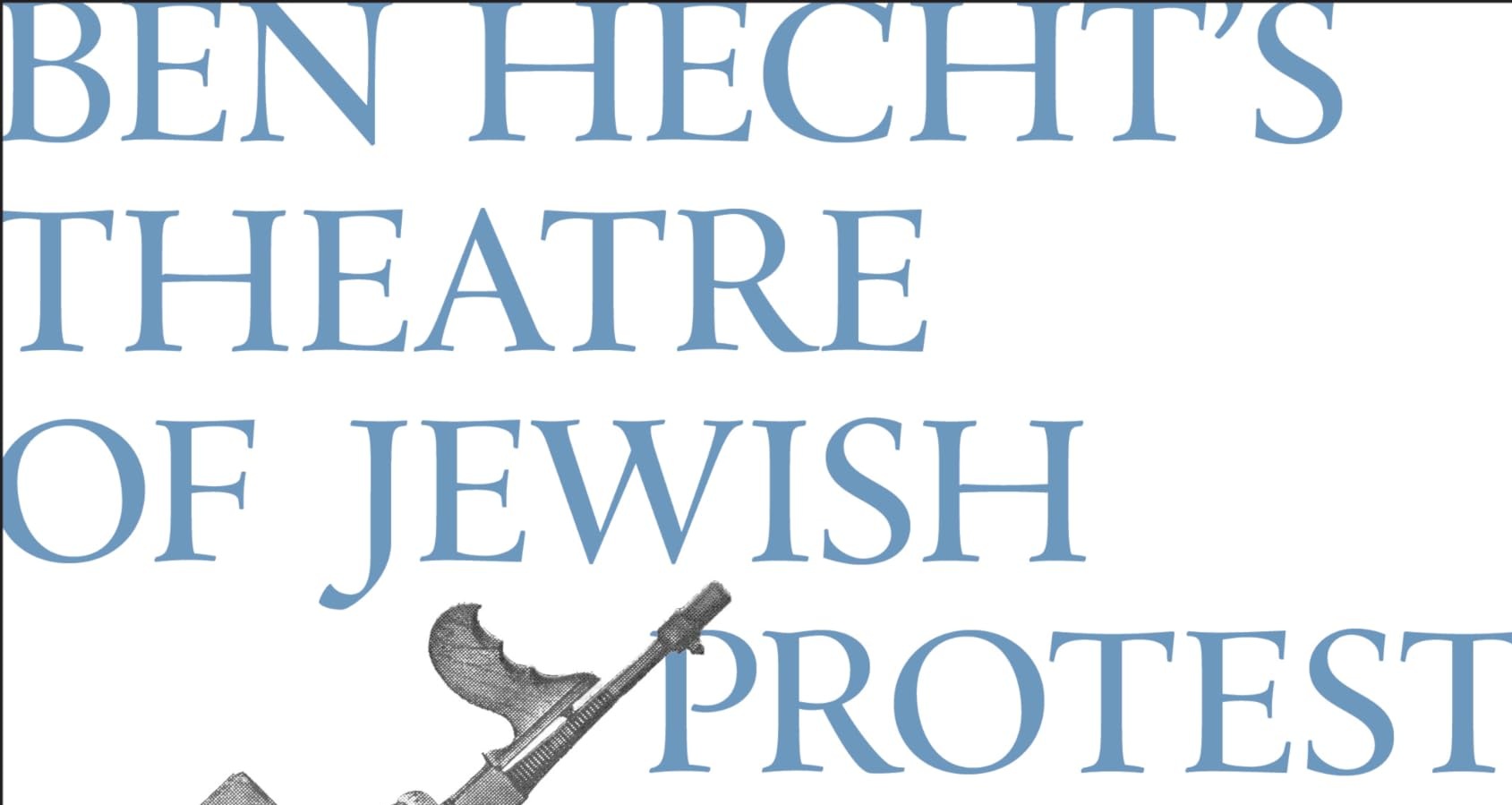
Five Came Back: A Story of Hollywood and the Second World War tells the stories of five film directors who enlisted to serve in the military during World War 2.
John Ford, George Stevens, John Huston, William Wyler, and Frank Capra may be known best for their Oscar-winning films. What you might not know about the five directors are that they did their part during WW2. Thanks to Mark Harris’ brilliant book, we get insight not just into their lives during the war but how it impacted them for the rest of their lives.
Of the five filmmakers, only George Stevens was on hand for the liberation of the death camps. He was there at Dachau. Going into the war, Stevens was mostly known for his comedy films, including Woman of the Year. After the war, Stevens mostly turned to drama with films such as A Place in the Sun, Shane, and The Diary of Anne Frank. You really have to feel for Stevens with what he experienced.
Frank Capra was probably one of the most successful directors heading into WW2. He created a series of films, including those under the Why We Fight and Know Your Enemies umbrella. After the war, the Jimmy Stewart-starring It’s A Wonderful Life was a box office and critical flop. If only Capra could see the film’s popularity every December! Behind the camera, Capra just wouldn’t be the same after the war. He made a number of hits before entering service and won a trio of Oscars for directing.
Where Capra’s film flopped, William Wyler used his personal experiences during the war–including losing his hearing–into making the Oscar-winning The Best Years of Our Lives. The film, about returning veterans, is one of the greatest films of all time. Wyler’s popularity would grow with winning an Oscar during the war for the British-set Mrs. Miniver. His experiences during the war would also change his feelings about the film. Wyler was a Jewish filmmaker so if something happened to a plane, it would prove to be disastrous given German policy towards Jews.
John Ford makes for an fascinating look as far as his war years. This was a filmmaker who enlisted in the Naval Reserve before Pearl Harbor. He was there at the Battle of Midway and used the footage to make a documentary short. And yet, he resented John Wayne while making They Were Expendable. Wayne stayed in Hollywood rather than serve during the war. Despite this, the actor frequently portrayed war heroes while on screen.
While serving during WW2, John Huston would make a few documentaries. Some were released while others weren’t. One such film includes a documentary about returning veterans with PTSD. The Army battled Huston and it would be some 35 years before it ever saw the light of day. Huston would also win an Oscar by directing The Treasure of the Sierra Madre.
These filmmakers did their jobs in not only reporting on the war but also putting out American propaganda to increase morale for the troops. When William Wyler was asked to make a documentary on Black soldiers, he did his research. However, he decided to pull out of the project when the Army placed restrictions on the project. Wyler had no interest in taking part if it meant not showing the true picture. This includes the “isolation, suspicion, and prejudice they had to endure.”
Mark Harris seamlessly weaves in their stories throughout the book. I’m not saying it’s cinematic but I’m not surprised that it was turned into a limited documentary series. If you haven’t seen the documentary series–directed by Laurent Bouzereau–it’s a brilliant tribute to these five directors. The documentary doesn’t quite go as far as the book does and honestly, the run time of just over 3 hours still feels a bit short. It hits all the major notes and includes commentary from Steven Spielberg (Wyler), Francis Ford Coppola (Huston), Guillermo Del Toro (Capra), Paul Greengrass (Ford), and Lawrence Kasdan (Stevens).
Five Came Back is an essential book when it comes to Hollywood history during World War 2. There are other books that serve as biographies of their lives but this book is a must-read.







